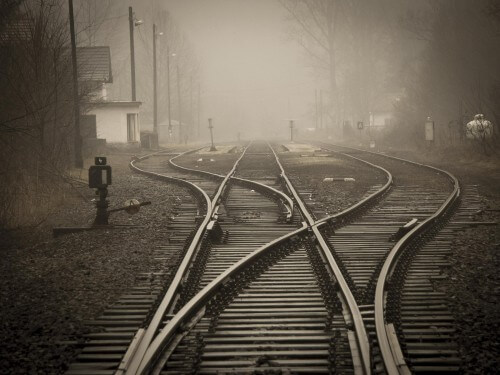Purpose of Welding of Rails
Welding of rails is done for the following purpose:

1. Welding is done to increase the rail length by joining two or more rails.
2. It reduces the number of joints and requirements of fish plates and thereby increases the strength joint and makes the track economical.
3. It is done to repair the damaged rails and thus increase their life.
4. The welding process is used to buildup the burnt portion of rail head.
Methods of Welding of Rails
The following four methods are employed for welding of rails.
- Electric Arc Welding
- Oxy-acetylene
- Flash butt welding
- Chemical or Thermit Welding
Read More: